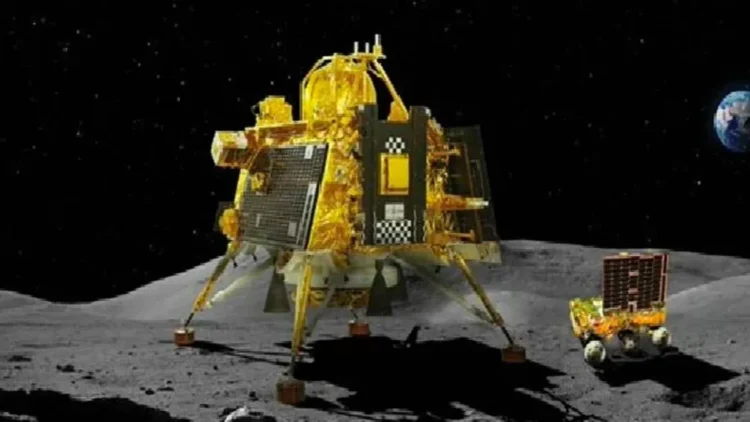The Indian Space Research Organisation (Isro) is preparing for the next big expedition to the Moon, following the historic achievement of the Mission Chandrayaan-3. For the first time, lunar soil and rocks will be investigated in India thanks to the Chandrayaan-4 expedition.A lunar day will be the duration of the fourth Chandrayaan mission, according to officials at the Space Applications Centre.
One lunar day is equivalent to fourteen Earth days, despite the fact that it appears to be relatively short. Chandrayaan-4 will be a challenging mission with several launches and spacecraft components. Isro intends to launch the workhorse PSLV and the heavy-lift LVM-3 rockets separately in order to transport different payloads on the mission.
According to earlier reports, Chandrayaan-4’s main goal is to gather lunar samples and return them to Earth for in-depth scientific examination. India would be the fourth country to accomplish this if it succeeds.
The Chandrayan-4 mission will be complex, with many launches and spacecraft modules. For the first time ever, ISRO intends to launch two distinct rockets—the heavy lift LVM-3 and the workhorse PSLV—each with a different payload for the mission.Because it takes the moon 29.5 Earth days to complete one full rotation on its axis, a lunar day lasts approximately 14 Earth days.
The moon is illuminated by sunlight during this period. According to ISRO, Chandrayan-4 will land close to the Shiv Sakthi location, where Vikram Lander of Chandrayaan-3 landed on August 23, 2018, in India. Because it takes the moon 29.5 Earth days to complete one full rotation on its axis, a lunar day lasts approximately 14 Earth days. The moon is illuminated by sunlight during this period.
Because it takes the moon 29.5 Earth days to complete one full rotation on its axis, a lunar day lasts approximately 14 Earth days. The moon is illuminated by sunlight during this period. The mission’s restricted duration, according to officials, is a result of the difficult conditions on the lunar surface, where severe temperature swings and darkness during the lunar night provide serious obstacles to long-term activities. Official information from ISRO, the Indian space agency, is still awaiting.
Source : INDIA TODAY
Follow us on Instagram, Facebook or Telegram for more updates and breaking news.








